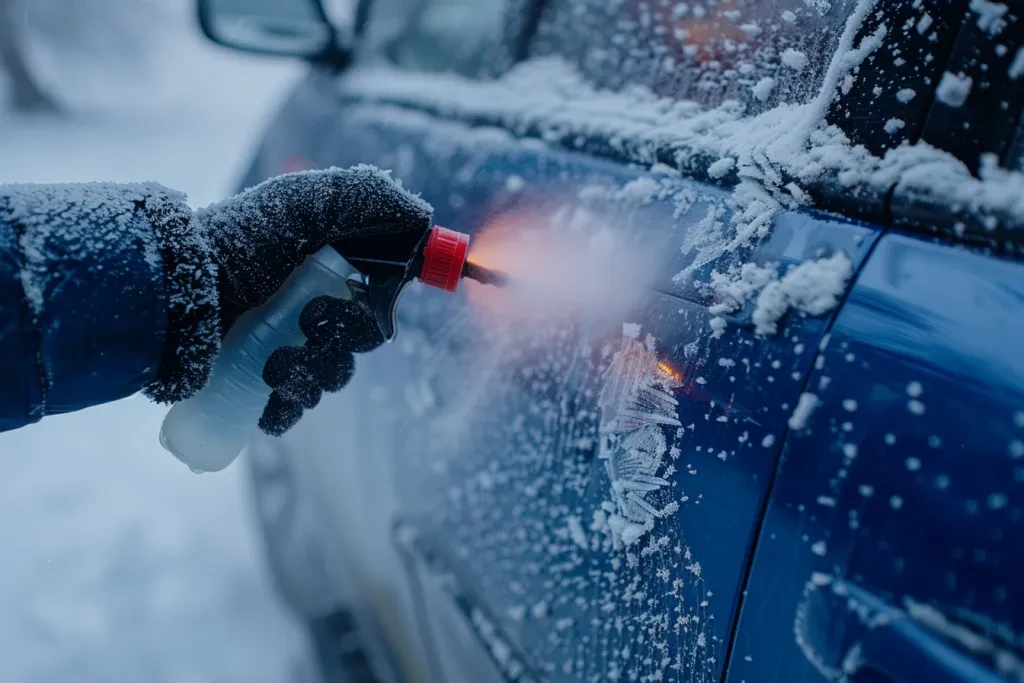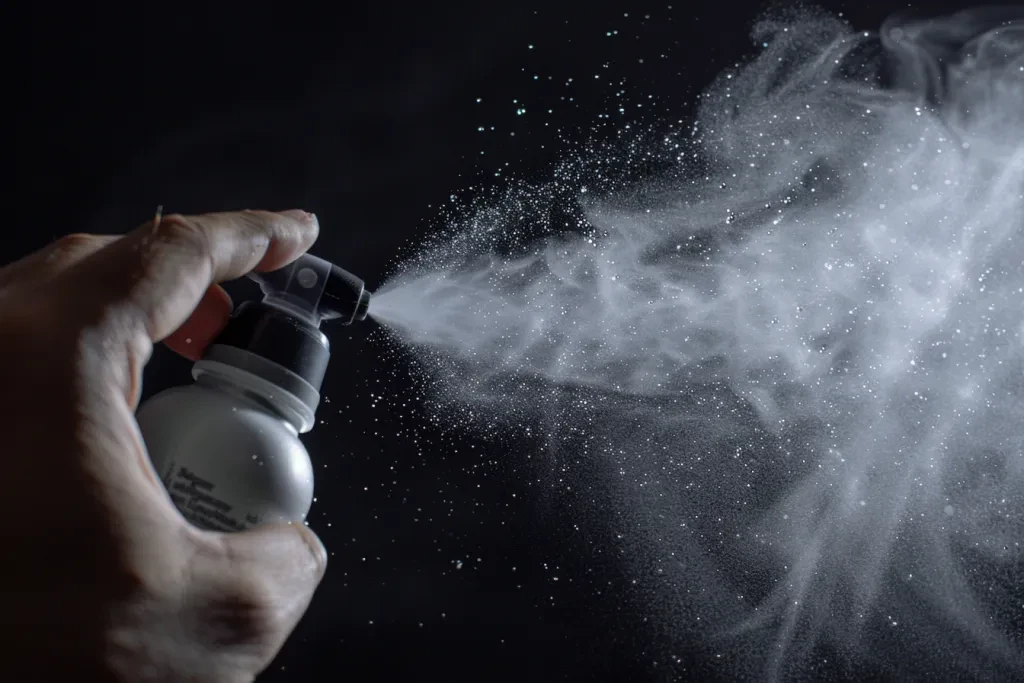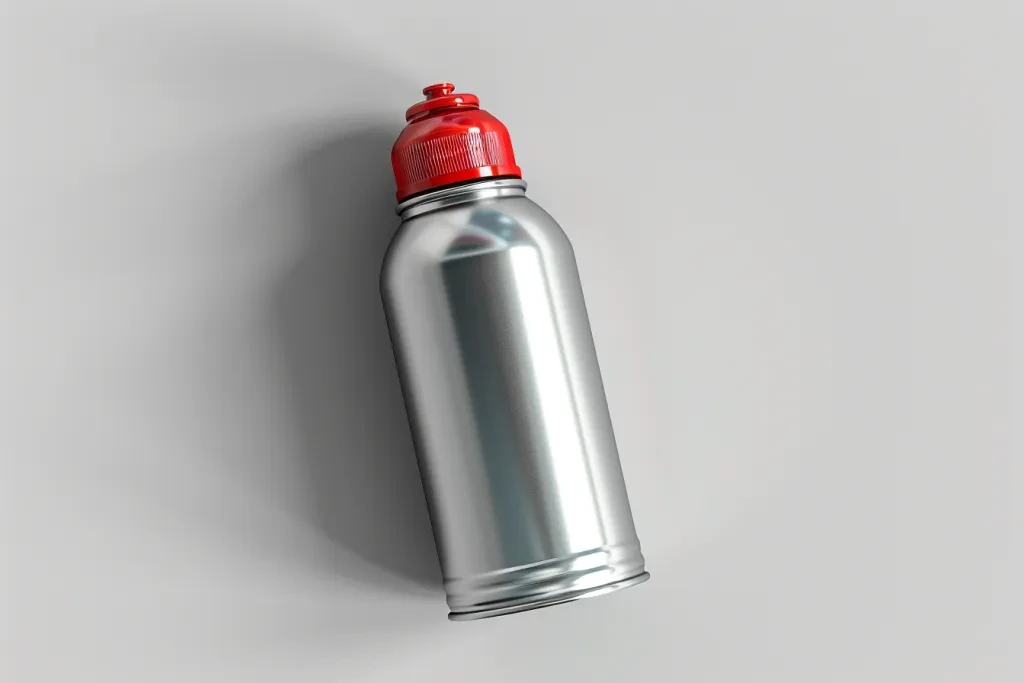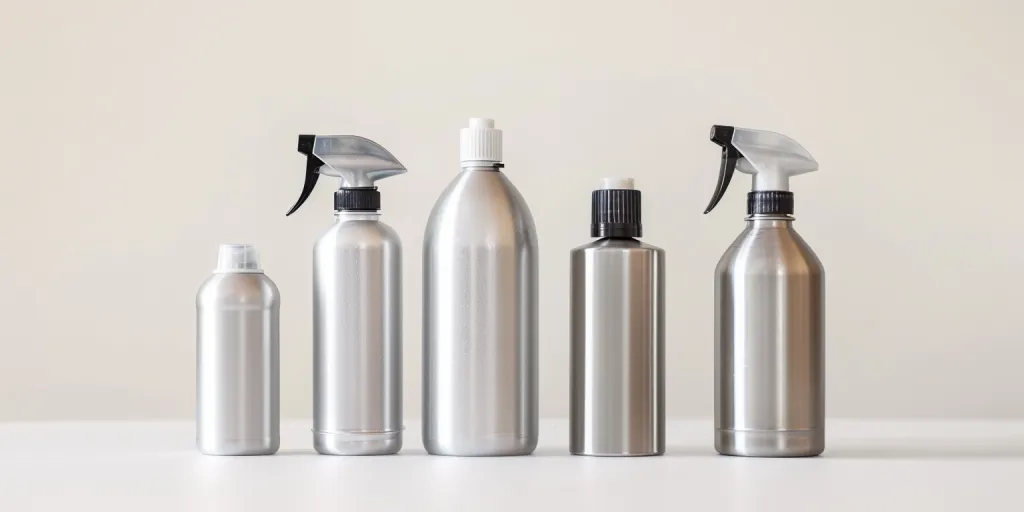As winter approaches, one of the most common yet overlooked challenges faced by vehicle owners is frozen locks. A reliable lock de-icer can be a game-changer, ensuring your vehicle remains accessible even in the coldest weather. This guide will explore everything you need to know about lock de-icers, from their functionality to selecting the right one for your needs.
Table of Contents:
– What is a lock de-icer?
– What does a lock de-icer do?
– How to choose a lock de-icer
– How long do lock de-icers last?
– How to replace a lock de-icer
– How much are lock de-icers?
What is a lock de-icer?

A lock de-icer is a specially formulated solution or device designed to quickly thaw frozen lock mechanisms. These products are essential for vehicle owners in cold climates, where temperatures can drop significantly, causing moisture inside locks to freeze. Lock de-icers come in various forms, including aerosol sprays, liquid solutions, and heated devices, each designed to offer a quick and effective means of regaining access to your vehicle.
What does a lock de-icer do?

The primary function of a lock de-icer is to melt the ice within a lock mechanism, allowing the key to turn freely and the lock to open. Chemical-based de-icers work by lowering the freezing point of water, effectively melting the ice. Heated devices, on the other hand, apply direct heat to the lock, achieving a similar outcome. By using a lock de-icer, you can avoid the frustration and potential damage associated with frozen locks, ensuring your vehicle remains accessible even in harsh winter conditions.
How to choose a lock de-icer

Selecting the right lock de-icer involves considering a few key factors. Firstly, the type of de-icer is important; chemical solutions are convenient and portable, while heated devices offer a reusable option without the need for chemicals. Additionally, the effectiveness of the de-icer in various temperatures should be considered, as not all products perform equally well in extreme cold. Lastly, the safety of the de-icer is crucial, particularly in terms of its potential to corrode metal or harm vehicle paint.
How long do lock de-icers last?

The longevity of a lock de-icer depends on its type and usage frequency. Aerosol and liquid de-icers typically offer multiple uses per container but will eventually run out and require replacement. Heated de-icers, while initially more expensive, can last for several years with proper care. Regardless of type, storing your de-icer in a readily accessible location, such as a glove compartment or home garage, ensures it’s always at hand when needed.
How to replace a lock de-icer

Replacing a lock de-icer is a straightforward process. For aerosol and liquid solutions, once the product is depleted, simply purchase a new container. Ensure you dispose of the old one responsibly, following any local regulations regarding chemical waste. For heated de-icers, replacement typically involves purchasing a new unit, as these devices are not usually serviceable by the consumer. Always follow the manufacturer’s instructions for use and replacement to ensure optimal performance and safety.
How much are lock de-icers?

The cost of lock de-icers varies depending on the type and brand. Aerosol and liquid solutions are generally the most affordable, with prices ranging from a few dollars to around $20 for premium options. Heated de-icers are more expensive, often costing $20 to $50, reflecting their reusable nature and the technology involved. When considering the cost, it’s important to weigh the product’s effectiveness, longevity, and the potential cost savings from avoiding damage to your vehicle’s locks.
Conclusion:
A reliable lock de-icer is an essential tool for any vehicle owner in a cold climate, offering a simple and effective solution to frozen locks. By understanding the different types available, their functionality, and how to choose the right one for your needs, you can ensure your vehicle remains accessible throughout the winter. Remember to consider the longevity and cost of the de-icer, and always follow the manufacturer’s instructions for safe and effective use.




